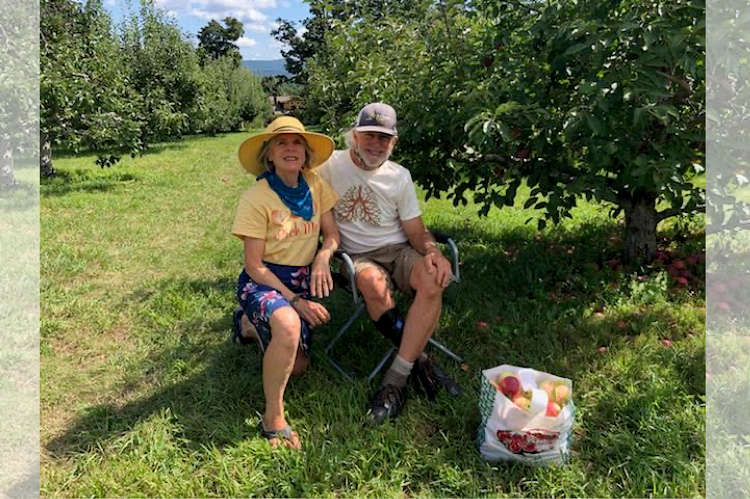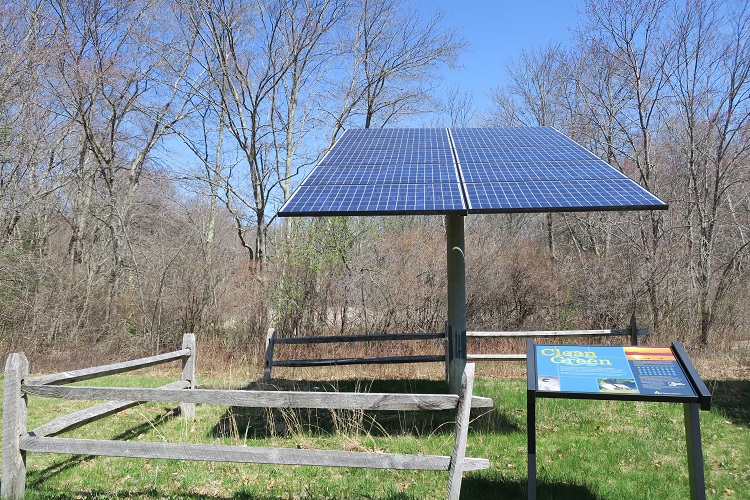Since moving to the Connecticut River Valley in 1981, Mass Audubon’s Arcadia Wildlife Sanctuary in Easthampton and Northampton has helped grow our dedication to the environment.
We’ve hiked Arcadia’s trails, canoed the marsh, sent our kids to summer camp, volunteered, and donated money. Perhaps most important, Arcadia has been playing a major role in our climate change advocacy, education, and action.
We view climate change as an existential threat to the planet. The severe disruption to the environment has us freaking out and desperate for action.
We are Morey Phippen and Brian Adams, and we’re fighting for climate justice.

Married 40 years this summer and retired from our jobs as a family planning counselor and community college professor, we have channeled much of our time and energy into fighting for our planet at a local level. What we have been able to accomplish we credit to our parents, who left us an inheritance when they passed that has provided for us, our children, and the thrilling opportunity to contribute to charitable causes.
We decided to use some of this money to help nonprofits install photovoltaics (or solar panels). Given the up-front costs that a solar system demands, we knew that nonprofits often have difficulty coming up with those financial resources. Solar energy’s cost has also dropped significantly, making it an affordable alternative to fossil fuel powered energy.
Our plan was to install solar panels at no cost to organizations, and negotiate a six-year purchase power agreement with them at a much-reduced electric rate. After six years we’d donate the systems in their entirety to the organizations.
Arcadia Wildlife Sanctuary was one of the first organizations we approached. With over 700 acres of forest, meadows, grasslands, marsh, and wetlands, their mission to protect the nature of Massachusetts for people and wildlife was one we were totally committed to. It would be hard to find a better fit for our project!
In October 2017, we “flipped the switch” on a 5.6 kW photovoltaic system at the sanctuary.
Like other solar panels, it generates clean, renewable electricity from sunlight, about 8,000 kilowatt hours per year. But unlike other arrays, this panel uses a tracker that follows the sun across the sky. It adjusts to the height of the sun above the horizon as it changes during the day and throughout the seasons, which makes it a terrific teaching tool for the thousands of visitors who seek solace at Arcadia’s sanctuary every year.
To date we’ve installed over 550 kilowatts of solar at 34 locations including Arcadia, our local food pantries, homeless shelters, farms, environmental organizations, and social service agencies. We’re hoping for a dozen more installations this year.
We are grateful to have such a wonderful sanctuary such a short distance from where we live, and to have the resources to help Arcadia and Mass Audubon in their quest to be carbon neutral and practice the urgent climate solutions that our planet needs.
– Morey Phippen and Brian Adams, Mass Audubon Members, Donors, and Volunteers




